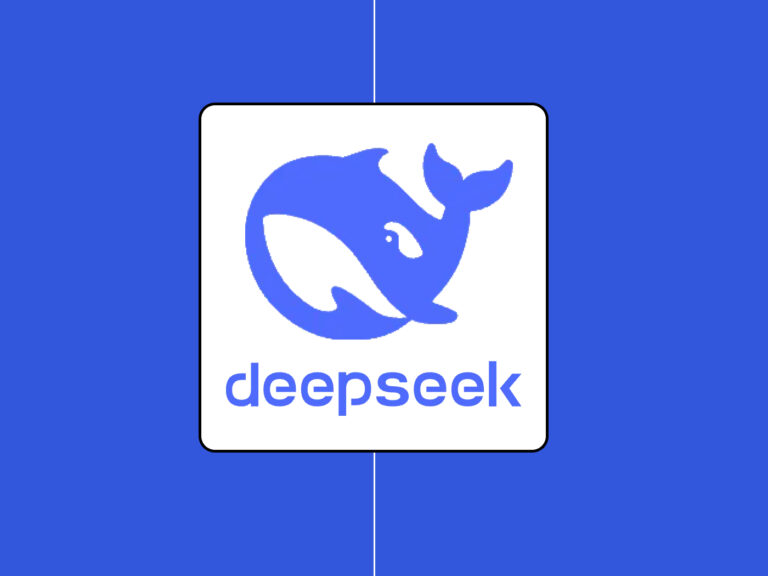In the ever-evolving landscape of education technology, AI productivity apps have emerged as essential tools for teachers seeking to streamline their workflow, increase efficiency, and enhance their teaching practices.
These innovative applications leverage artificial intelligence algorithms to automate tasks, organize resources, and provide valuable insights, empowering educators to focus more on student engagement and instructional delivery.
Let’s explore five leading AI productivity apps that are revolutionizing the way teachers manage their workload:
1. Google Classroom
- Google Classroom: A versatile AI-powered platform that simplifies classroom management and facilitates communication between teachers and students. With features like assignment scheduling, grading automation, and integration with other Google tools, Google Classroom streamlines administrative tasks and enhances collaboration.
- Pro: Google Classroom’s intuitive interface and seamless integration with Google Drive make it easy for teachers to organize course materials and provide timely feedback to students.
- Con: While Google Classroom is free for educational use, some advanced features may require a G Suite for Education subscription.
2. Microsoft OneNote
- Microsoft OneNote: An AI-driven digital notebook that allows teachers to organize lesson plans, create interactive content, and collaborate with students in real-time. With features like handwriting recognition, audio recording, and multimedia embedding, OneNote enhances note-taking and content creation.
- Pro: OneNote’s cross-platform compatibility and synchronization capabilities enable teachers to access their notes and materials from any device, enhancing flexibility and productivity.
- Con: While OneNote offers a free version with basic features, access to premium features such as advanced search and version history requires a Microsoft 365 subscription.
3. Trello
- Trello: A flexible AI productivity app that uses boards, lists, and cards to organize tasks and projects. Teachers can create boards for lesson planning, student assessments, and collaborative projects, while Trello’s automation features streamline workflows and improve efficiency.
- Pro: Trello’s visual interface and customizable workflows make it easy for teachers to prioritize tasks, track progress, and collaborate with colleagues and students.
- Con: While Trello offers a free version with basic features, access to advanced automation and integration features requires a Trello Business Class subscription.
4. Evernote
- Evernote: An AI-powered note-taking app that helps teachers capture ideas, organize resources, and collaborate with others. With features like text recognition, web clipping, and digital annotation, Evernote enhances productivity and creativity in lesson planning and content creation.
- Pro: Evernote’s cross-platform compatibility and cloud synchronization ensure that teachers have access to their notes and materials wherever they go, promoting seamless workflow management.
- Con: While Evernote offers a free version with basic features, access to premium features such as offline access and increased storage requires an Evernote Premium subscription.
5. Otter.ai
- Otter.ai: A revolutionary AI transcription app that automatically converts speech to text in real-time, making it ideal for recording lectures, meetings, and classroom discussions. Otter.ai’s advanced features, such as speaker identification and keyword tagging, enhance note-taking and content accessibility.
- Pro: Otter.ai’s accuracy and speed in transcribing audio recordings save teachers time and effort in capturing and reviewing important information.
- Con: While Otter.ai offers a free version with limited features, access to advanced transcription capabilities and cloud storage requires an Otter.ai Premium subscription.
In conclusion, AI productivity apps are indispensable tools for teachers seeking to streamline their workflow, increase efficiency, and enhance their teaching practices. While each app has its unique features and pricing models, they collectively offer innovative solutions to simplify administrative tasks, organize resources, and improve collaboration, ultimately empowering educators to focus more on student learning and engagement.
Stay tuned for our upcoming posts, where we’ll dive deeper into these topics and more. In the meantime, feel free to explore our archives and start your free AI education journey today. Thanks for joining us, and happy teaching!




